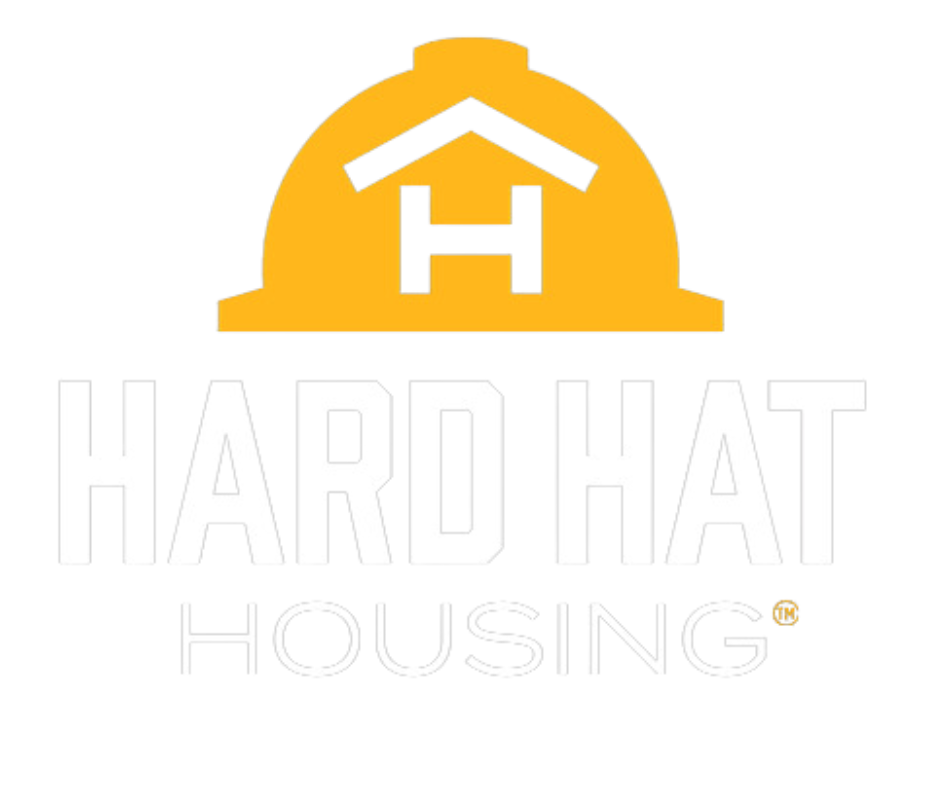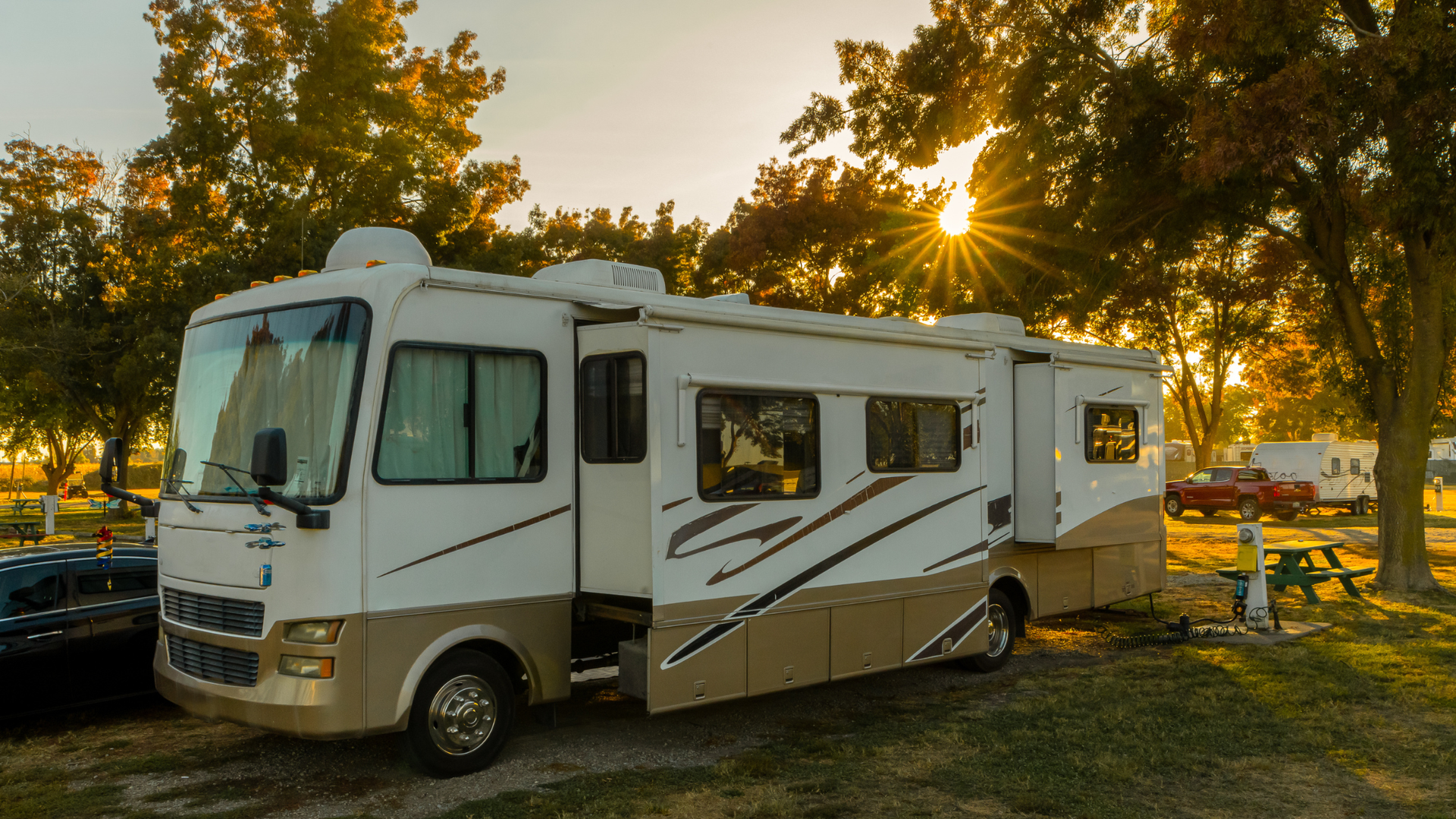The Different Types of Construction Crew Housing: What Every Company Should Know
When planning a construction project, managers think carefully about equipment, materials, labor, and safety protocols. But one question often gets pushed to the background until the last minute: where will the crew stay?
Housing may not seem as urgent as lining up subcontractors or pouring concrete, but it has a direct impact on everything else. Where your workers sleep affects how safe they are, how productive they can be, how long they stay on the job, and ultimately how successful your project is.
The reality is that not all housing is created equal. From hotels to RVs, bunkhouses to single-family homes, each type of accommodation comes with unique advantages and challenges. Understanding these differences is essential if you want your crew to be safe, comfortable, and ready to work day after day.
This article will walk you through the different types of crew housing available, weigh the pros and cons of each, and help you decide which solution fits your next project best.
Why Housing Matters in Construction
Before diving into the options, let’s quickly revisit why housing is so important.
- Safety: Fatigued workers are more likely to make mistakes. According to the National Safety Council, fatigue contributes to 13% of workplace accidents. Good housing = good rest = safer crews.
- Productivity: Poor housing forces workers to commute long distances, share cramped spaces, or get poor-quality sleep. All of that reduces efficiency and slows timelines.
- Retention: Workers who feel cared for are more likely to stay. Poor accommodations lead to frustration and high turnover.
- Community Impact: Housing is also about reputation. A company that invests in worker well-being is seen as more trustworthy and reliable.
With that foundation, let’s compare the most common types of crew housing.
1. Hotels and Motels
Hotels and motels are often the “default” option for housing crews, especially when projects are short-term or when other options aren’t readily available.
Pros:
- Easy to book: Availability in most towns, instant reservations online.
- Flexible stays: Nightly and weekly rates, easy to extend or shorten.
- Amenities included: Housekeeping, Wi-Fi, sometimes breakfast.
- No setup required: Move in the same day, no lease negotiations.
Cons:
- Expensive long-term: Nightly rates add up quickly for multi-month projects.
- Poor rest: Crews often share hotel rooms; noise and lack of privacy impact sleep.
- No kitchens: Eating out daily is costly and unhealthy.
- Parking challenges: Large trucks or trailers may not fit in hotel lots.
- High turnover: Constant check-ins and check-outs can be disruptive.
Best For:
Short-term projects (1–2 weeks) or emergency accommodations when nothing else is available.
2. Single-Family Homes
Renting houses for crews is one of the most effective housing solutions—especially for projects lasting several weeks or months.
Pros:
- Space: Multiple bedrooms, bathrooms, and living areas.
- Comfort: Feels more like home, boosting morale.
- Kitchens included: Crews can cook, saving money and eating healthier.
- Cost-effective: Monthly rates are often cheaper than hotels.
- Flexibility: Works well for both small and large crews (with multiple houses).
Cons:
- Availability varies: Not always easy to find near job sites.
- Upfront work: Searching, negotiating, and setting up utilities takes time.
- Property wear: Homes must be durable enough for groups of working adults.
- Management burden: Without a partner like Hard Hat Housing, landlords may not want short-term crews.
Best For:
Medium to long-term projects (+1 month) where crews need comfort, privacy, and a sense of stability.
3. Apartments
Apartments are another option, especially in urban areas.
Pros:
- Affordable: Typically cheaper per unit than hotels.
- Amenities: Full kitchens, laundry access (sometimes shared).
- Multiple units available: Crews can be split into smaller groups.
Cons:
- Space limitations: Apartments can be small and cramped for groups.
- Parking issues: Limited parking, especially for trucks/trailers.
- Noise: Shared walls with other tenants may lead to conflicts.
- Lease terms: Landlords may require longer leases or resist renting to crews.
Best For:
Urban projects with smaller crews or where housing demand is high but budgets are limited.
4. Condos and Townhomes
Condos and townhomes are similar to apartments but can provide more space and amenities.
Pros:
- More space than apartments: Often multi-level with separate bedrooms.
- Modern amenities: Updated kitchens, laundry, sometimes community features (gyms, pools).
- Better for medium-sized crews: Can house 4–6 workers comfortably.
Cons:
- HOA rules: Restrictions on parking, noise, or occupancy may conflict with crew needs.
- Shared walls: Still less private than standalone houses.
- Availability: Not as common near job sites as single-family homes.
Best For:
Medium-term projects where comfort and amenities are a priority and HOA restrictions aren’t an issue.
5. RVs and Trailers
For remote sites or areas with no available rentals, RVs and mobile trailers are sometimes used for crews.
Pros:
- On-site living: Eliminates commute entirely.
- Self-contained: Kitchens, beds, and bathrooms in one unit.
- Mobility: Can be relocated as the project moves.
Cons:
- Cramped: Very limited space; poor sleep and morale.
- Maintenance issues: Wear-and-tear adds costs and headaches.
- Seasonal discomfort: Hot in summer, cold in winter.
- Short lifespan: Not practical for long-term projects.
Best For:
Remote or temporary projects with no other housing available. A last-resort solution.
6. Bunkhouses / Shared Dorm-Style Housing
Some companies provide bunkhouse-style housing on-site or nearby, especially for very large crews.
Pros:
- Cost-efficient: Many workers in one space reduces per-person cost.
- On-site or nearby: Reduces commute.
- Communal: Easy for crews to bond and coordinate.
Cons:
- Overcrowding: Little privacy, leading to fatigue and conflict.
- Poor rest: Noise, shared bathrooms, uncomfortable beds.
- Morale issues: Workers feel undervalued when housed in poor conditions.
- Retention risk: Higher turnover from unhappy crews.
Best For:
Short-term, high-intensity projects where cost efficiency is prioritized over comfort.
7. Purposefully Chosen Crew Housing (Hard Hat Housing)
Finally, there’s the ideal option: housing chosen specifically for construction crews.
Pros:
- Crew-focused design: Homes vetted for multiple bedrooms, full kitchens, laundry, and durable furnishings.
- Safe neighborhoods: Quiet, secure locations for rest.
- Parking available: Suitable for trucks, vans, and trailers.
- Flexible stays: Contracts designed around project timelines.
- Turnkey management: Cleaning, inspections, and communication handled for you.
- Morale boost: Crews feel valued when housed properly, leading to better performance and retention.
Cons:
- Unfamiliar to some managers: If you’ve only booked hotels, the concept may be new.
Best For:
Any project—short, medium, or long-term—that requires reliable, comfortable, and cost-effective housing.
Comparing the Housing Types
Here’s a quick side-by-side summary:
| Housing Type | Pros | Cons | Best For |
|---|---|---|---|
| Hotels/Motels | Easy booking, amenities included | Expensive, poor rest, no kitchens | Short-term or emergency stays |
| Single-Family Homes | Spacious, comfortable, kitchens, cost-effective | Availability varies, setup needed | Medium to long-term projects |
| Apartments | Affordable, kitchens included | Small, limited parking, noise issues | Urban projects, small crews |
| Condos/Townhomes | More space, modern amenities | HOA restrictions, shared walls | Mid-size crews, 1–6 months |
| RVs/Trailers | On-site, mobile | Cramped, seasonal discomfort | Remote projects with no housing |
| Bunkhouses/Dorms | Cost-efficient, communal | Overcrowding, morale issues | Large crews, very short-term |
| Hard Hat Housing | Crew-ready, managed, safe, flexible | New concept for some | Any project, best all-around |
Choosing the Right Housing Type
The type of housing you choose for your crew can make or break a project. Hotels may work for emergencies. RVs might be necessary in remote areas. Bunkhouses may be cost-efficient but come at the cost of morale.
But for most projects, the best solution is a single-family home or crew-ready property—and that’s where Hard Hat Housing comes in. We take the hassle out of finding, vetting, and managing these homes so you can focus on the project itself.
When crews are housed in safe, comfortable, functional spaces, they do better work. And when crews do better work, projects succeed—and communities thrive.
Partner with Hard Hat Housing today at 859-575-0662.













